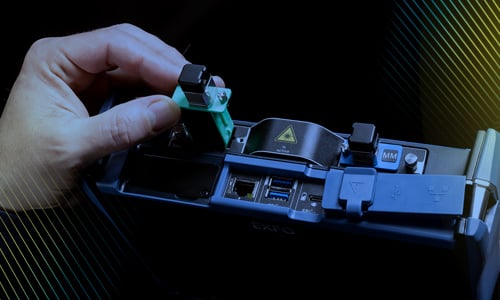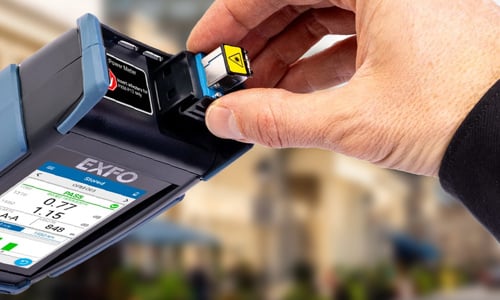Insertion loss: are you using the right reference method?
As network data rates continue to surge, network operators need to mitigate insertion loss and attenuation in order to maximize quality of service.
It’s critical for operators to have accurate and valid measurements, but using the right test equipment isn’t enough—you also need to choose the best reference technique. Although test equipment may come pre-configured with specific reference routines, this doesn’t mean they are ideal for every network setup and test situation.
So, which reference method is best for your needs? Time to review the differences between the one-cord, two-cord and three-cord reference methods recommended by various standards organizations.
One-cord reference method: This method is the most commonly used in the industry because it yields highly accurate results and is recommended by the TIA and IEC. The reason? It enables operators to test the end-to-end fiber optic link, including losses from connectors.
Two-cord reference method: This reference method is used mainly when the connector on the power meter is different than the one on the fiber link to be tested. It generates less accurate results since it uses a hybrid test cord to match connector types, and includes a connection mating in the reference.
Three-cord reference method: If the connectors at both ends of a device under test are different, a three-cord reference method may be used; however, the connector state can greatly impact measurements, particularly if the connectors are dirty, old or damaged.
Once the reference method is selected, it is crucial to execute it perfectly as this is where most errors occur. For more insights into best practices along with step-by-step procedures, read EXFO’s free app note, Choosing the right reference method.




